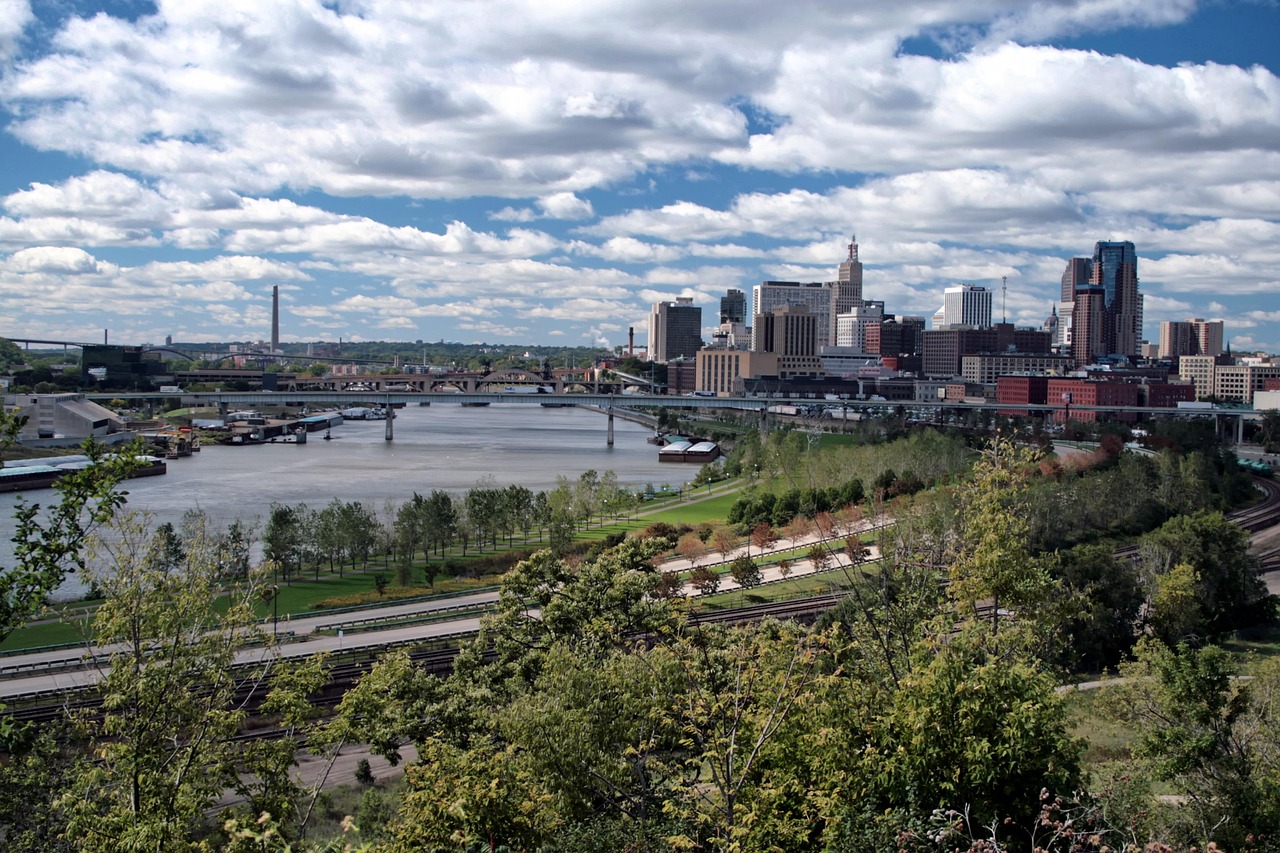Civil rights protests in the United States have long been catalysts for social and legal change. From marches in Southern towns to sit-ins at segregated lunch counters, activists risked arrest, violence, and social exclusion to demand equality and justice. Each protest played a role in challenging discriminatory laws and shaping public opinion. Understanding these movements helps teens today see how organized action, courage, and community solidarity can create lasting reform. Here are twelve key protests that achieved real change.
1. Montgomery Bus Boycott (1955–1956)
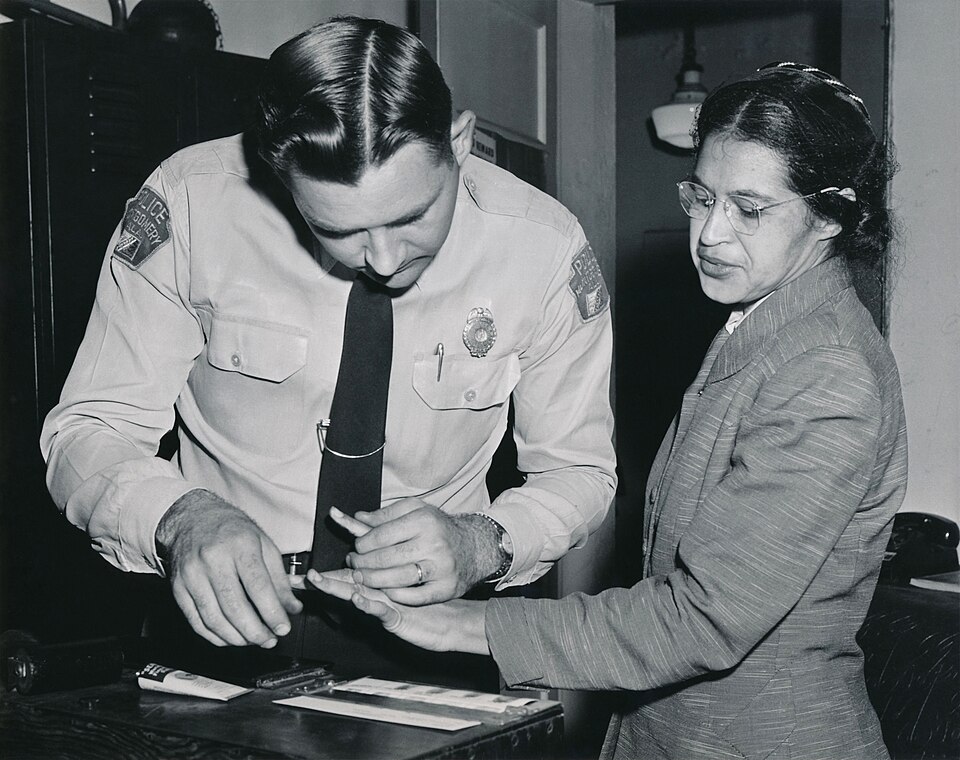
Rosa Parks’ arrest in Montgomery, Alabama, sparked a 381-day boycott of city buses by African Americans. Organized by Martin Luther King Jr. and local leaders, the boycott strained the public transportation system and drew national attention to segregation. The Supreme Court eventually ruled that bus segregation was unconstitutional, ending enforced segregation on Montgomery buses. This protest demonstrated the power of coordinated, nonviolent resistance, inspiring other civil rights campaigns nationwide and highlighting the economic leverage communities could wield for justice.
2. Greensboro Sit-ins (1960)
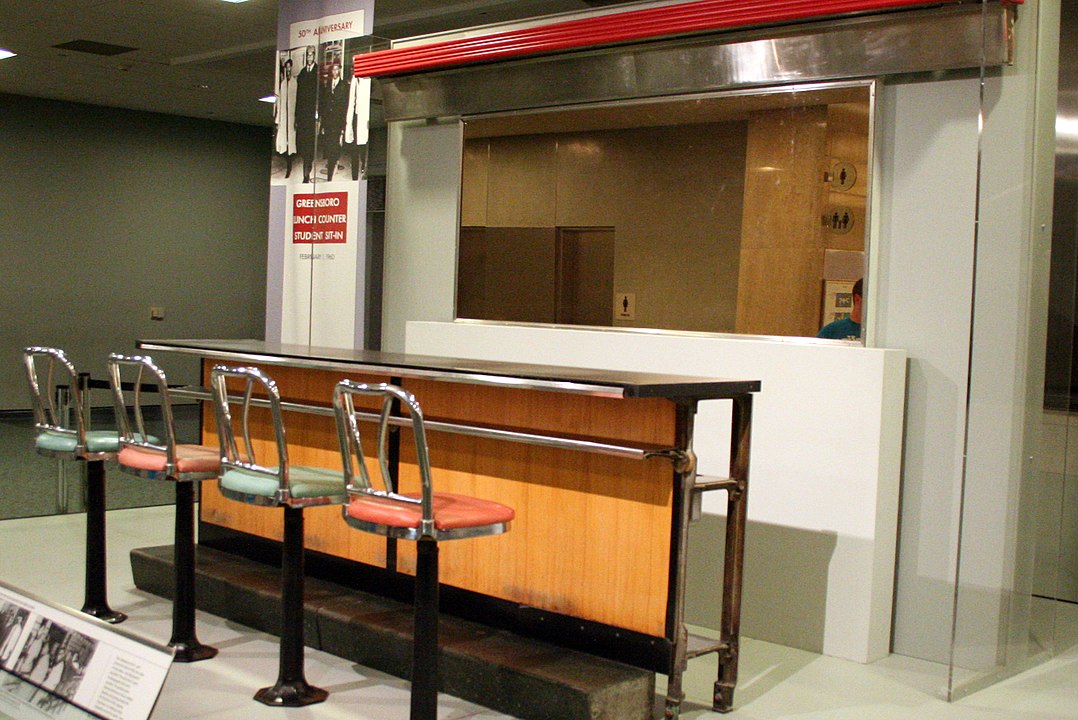
Four college students in Greensboro, North Carolina, sat at a whites-only Woolworth’s lunch counter, refusing to leave when denied service. Their peaceful demonstration ignited a wave of sit-ins across the South, challenging segregation in public spaces. The protests pressured businesses to desegregate counters, eventually leading to policy changes in stores and restaurants. Media coverage amplified the students’ message, inspiring young activists to join the civil rights movement. The sit-ins highlighted the effectiveness of direct, disciplined nonviolent protest in confronting systemic injustice.
3. Freedom Rides (1961)
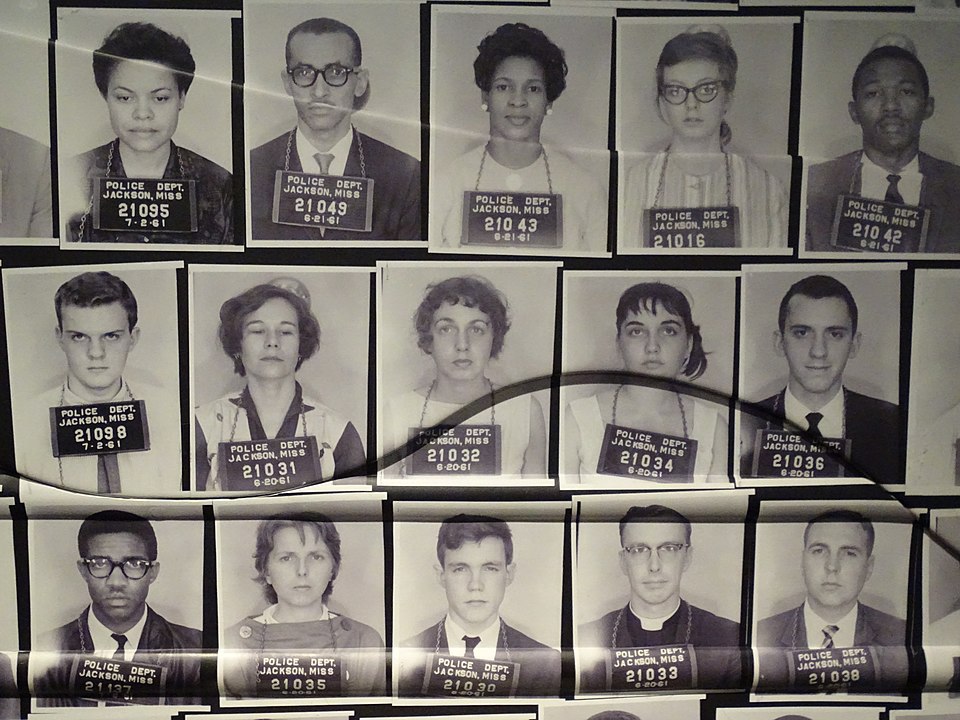
Integrated groups of activists, known as Freedom Riders, rode buses through the Deep South to challenge segregation in interstate travel. They faced violent mobs, arrests, and intimidation, particularly in Alabama and Mississippi. The campaign drew federal attention to segregated bus terminals. In response, the Interstate Commerce Commission issued regulations prohibiting segregation in facilities associated with interstate travel. The rides underscored how courage and public pressure could compel the federal government to enforce constitutional rights.
4. Birmingham Campaign (1963)

Civil rights leaders in Birmingham, Alabama, organized marches, boycotts, and sit-ins to protest racial discrimination in public accommodations and employment. Police used fire hoses and dogs against demonstrators, shocking the nation. Media coverage brought national awareness, pressuring city officials and federal leaders. The campaign led to desegregation agreements in Birmingham and influenced the Civil Rights Act of 1964. This protest showed that persistent, highly visible activism could provoke legal and legislative reforms while appealing to national conscience.
5. March on Washington (1963)
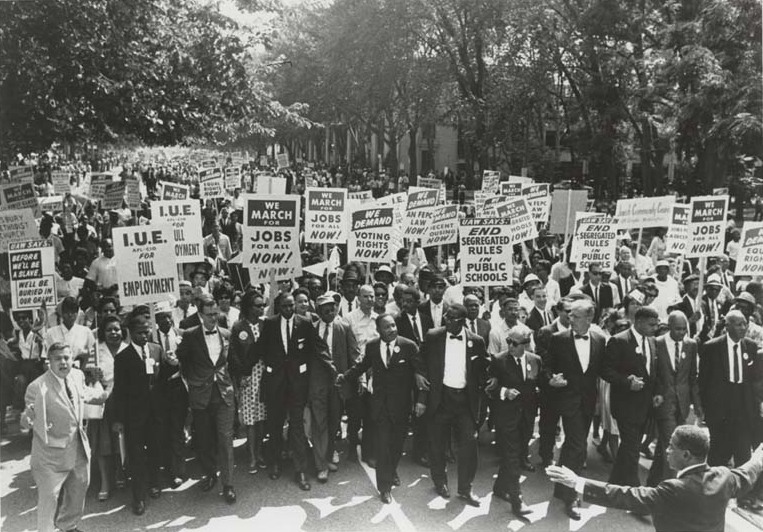
Over 250,000 people gathered at the Lincoln Memorial in Washington, D.C., demanding civil and economic rights for African Americans. Martin Luther King Jr. delivered his iconic “I Have a Dream” speech, articulating a vision of equality and justice. The march strengthened public support for civil rights legislation. Less than a year later, Congress passed the Civil Rights Act of 1964, prohibiting discrimination based on race, color, religion, sex, or national origin. The event demonstrated the unifying power of mass mobilization and symbolic, peaceful protest.
6. Selma to Montgomery Marches (1965)
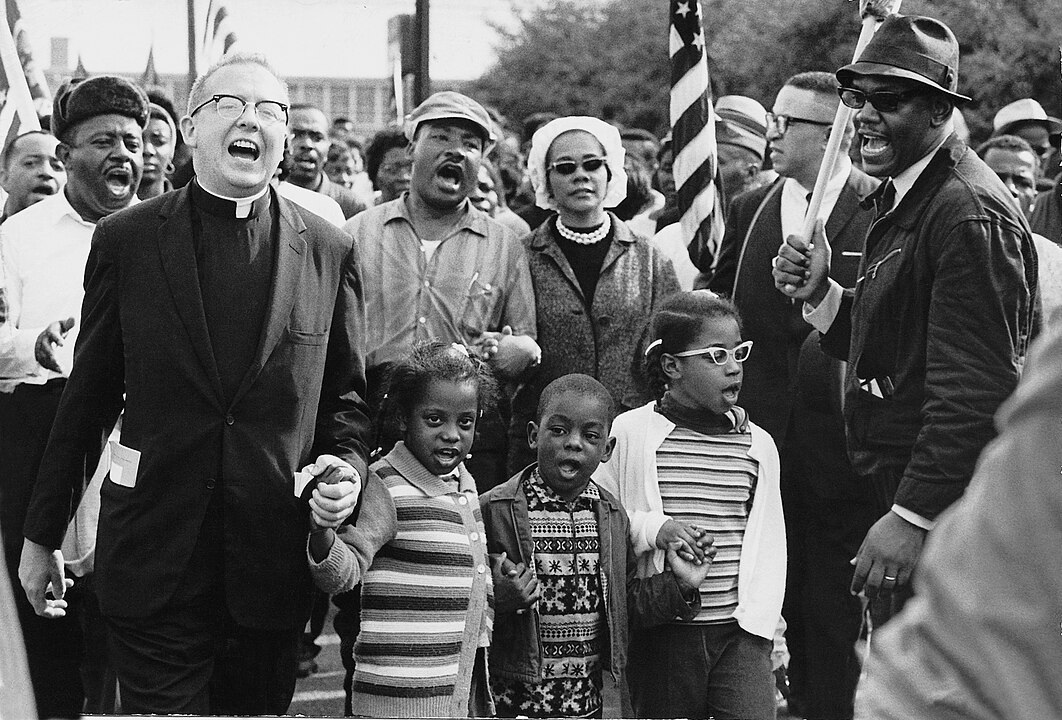
Protests in Selma, Alabama, focused on voting rights for Black citizens, met with brutal police violence on “Bloody Sunday.” National outrage prompted federal intervention, leading to a successful march from Selma to Montgomery. The marches were instrumental in passing the Voting Rights Act of 1965, which prohibited racial discrimination in voting. They highlighted the importance of sustained activism, federal advocacy, and media coverage in achieving legislative breakthroughs in civil rights.
7. Chicago Open Housing Movement (1966)
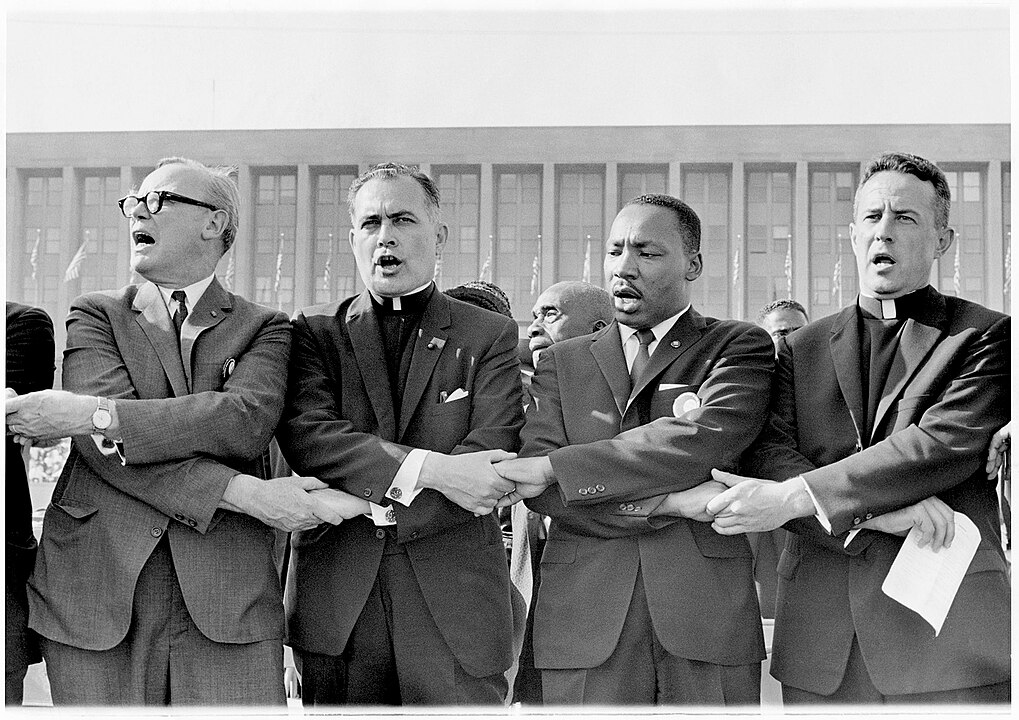
Activists, led by Martin Luther King Jr., organized marches in Chicago to protest housing discrimination against African Americans. Demonstrators faced violent opposition from residents and police, revealing racial segregation beyond the South. The campaign drew attention to inequities in northern cities and pressured local officials to address discriminatory housing policies. Though progress was gradual, the movement expanded the civil rights struggle into urban housing issues, showing that protests could confront systemic racism in multiple regions of the country.
8. Memphis Sanitation Strike (1968)
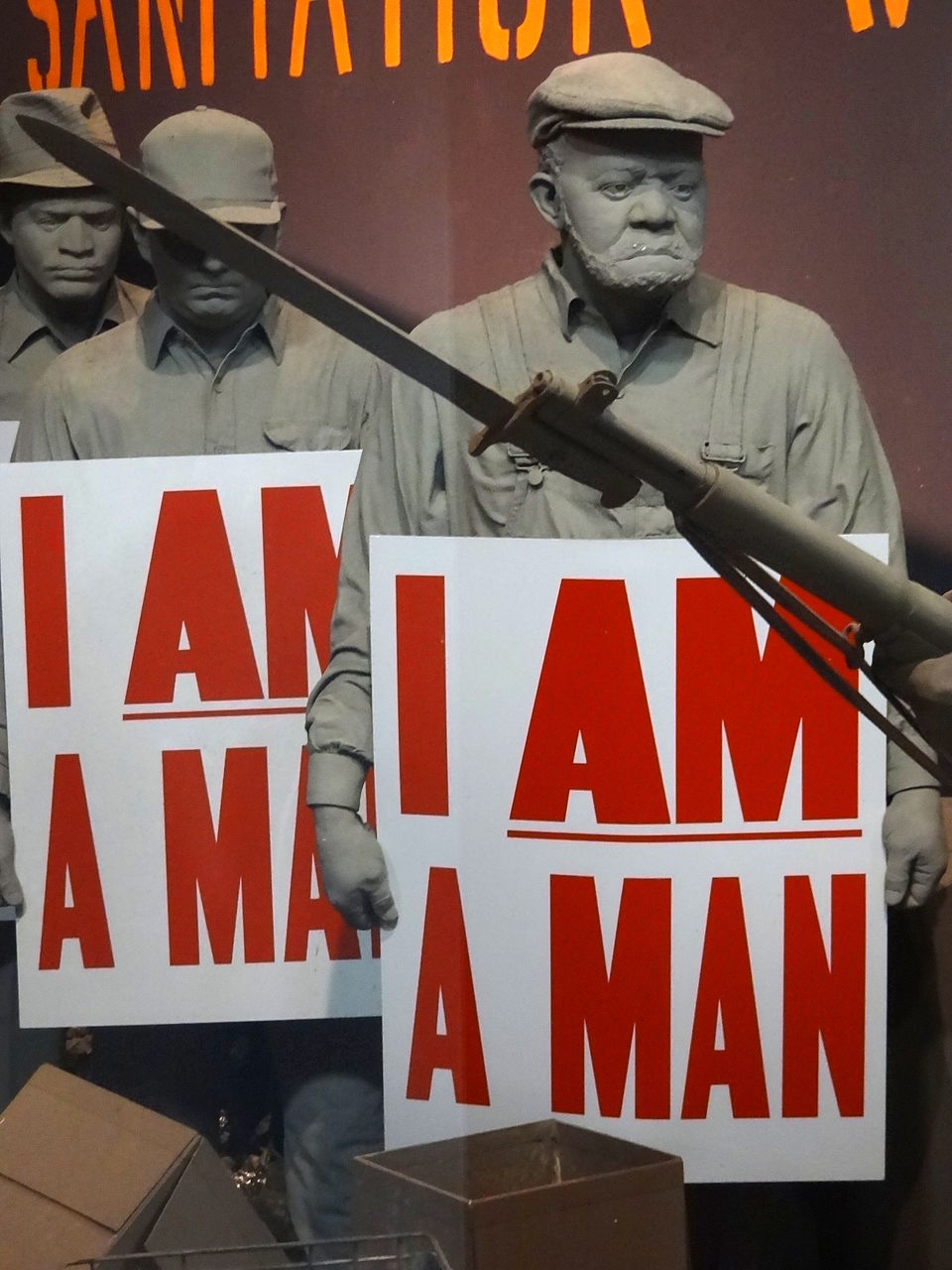
Sanitation workers in Memphis, Tennessee, protested unsafe working conditions, low pay, and racial discrimination. Martin Luther King Jr. supported the strike, linking economic justice to civil rights. The strike gained national attention after King’s assassination. The city ultimately negotiated wage increases and better working conditions, demonstrating that civil rights activism could intersect with labor rights. This protest underscored how collective bargaining and solidarity could achieve tangible improvements in workplace equality and safety.
9. March Against Fear (1966)
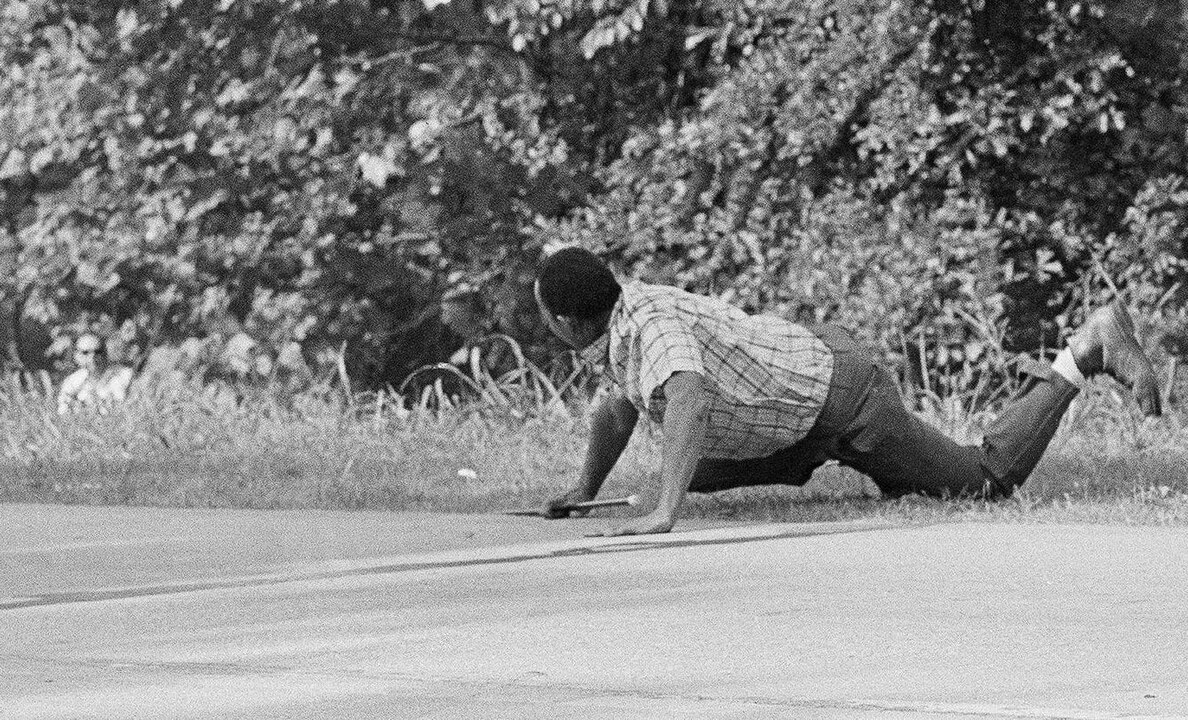
James Meredith began a solo march from Memphis to Jackson, Mississippi, encouraging voter registration and civil rights advocacy. After he was shot, the march continued with thousands of participants, including prominent civil rights leaders. The campaign inspired a surge in African American voter registration and strengthened grassroots organizing. It illustrated how individual acts of courage could catalyze broader movements, fostering community empowerment and political engagement among disenfranchised populations.
10. Watts Riots and Community Response (1965)
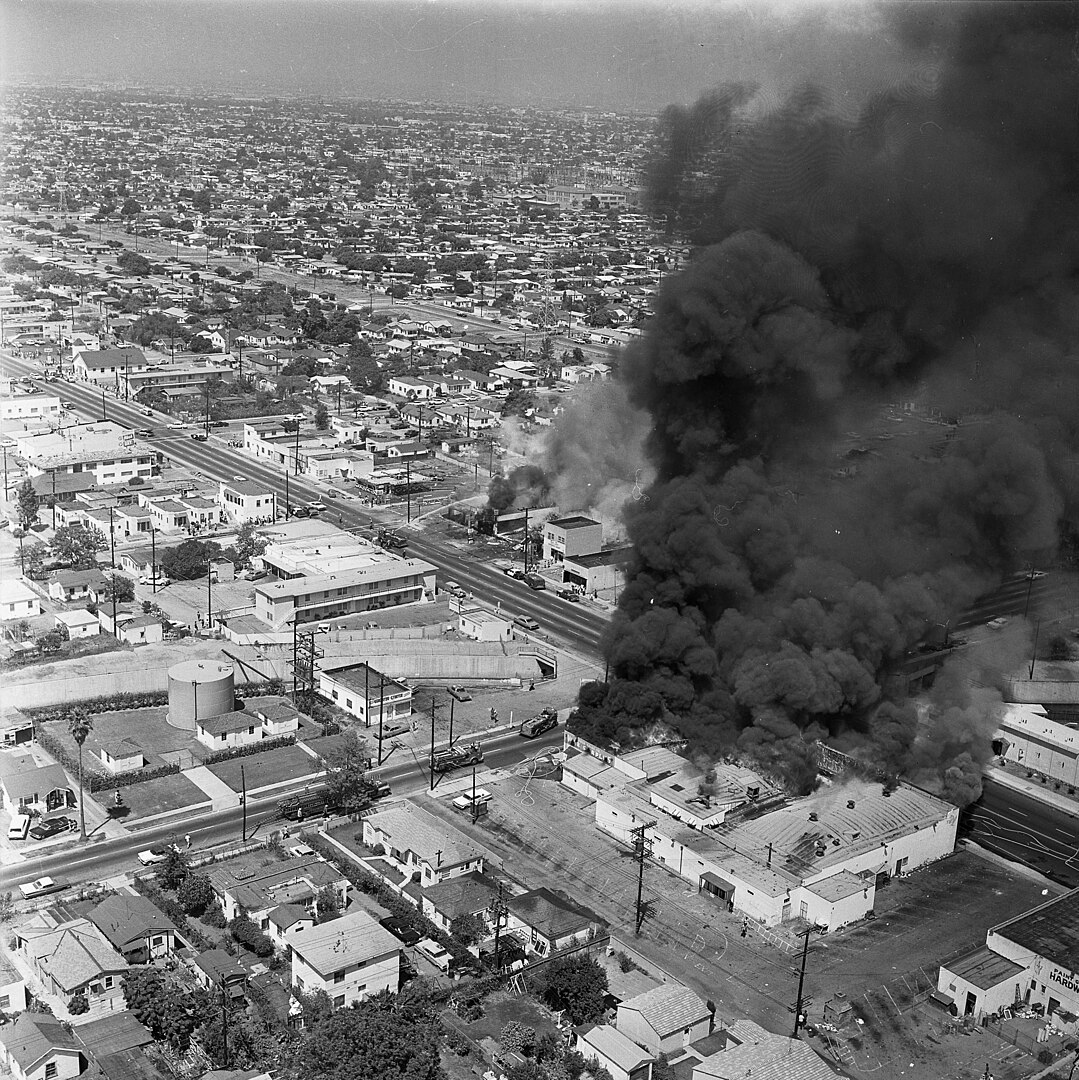
Tensions in Los Angeles’ Watts neighborhood erupted into riots due to police brutality and systemic discrimination. Though violent, the events highlighted widespread social inequities and prompted urban policy reforms, investment in community programs, and dialogue on racial injustice. Activists emphasized rebuilding neighborhoods, improving housing, and creating opportunities for youth. The response demonstrated that civil unrest, while controversial, could spotlight urgent societal problems and catalyze government and community action toward addressing structural inequalities.
11. Fair Housing Protests (1960s–1970s)
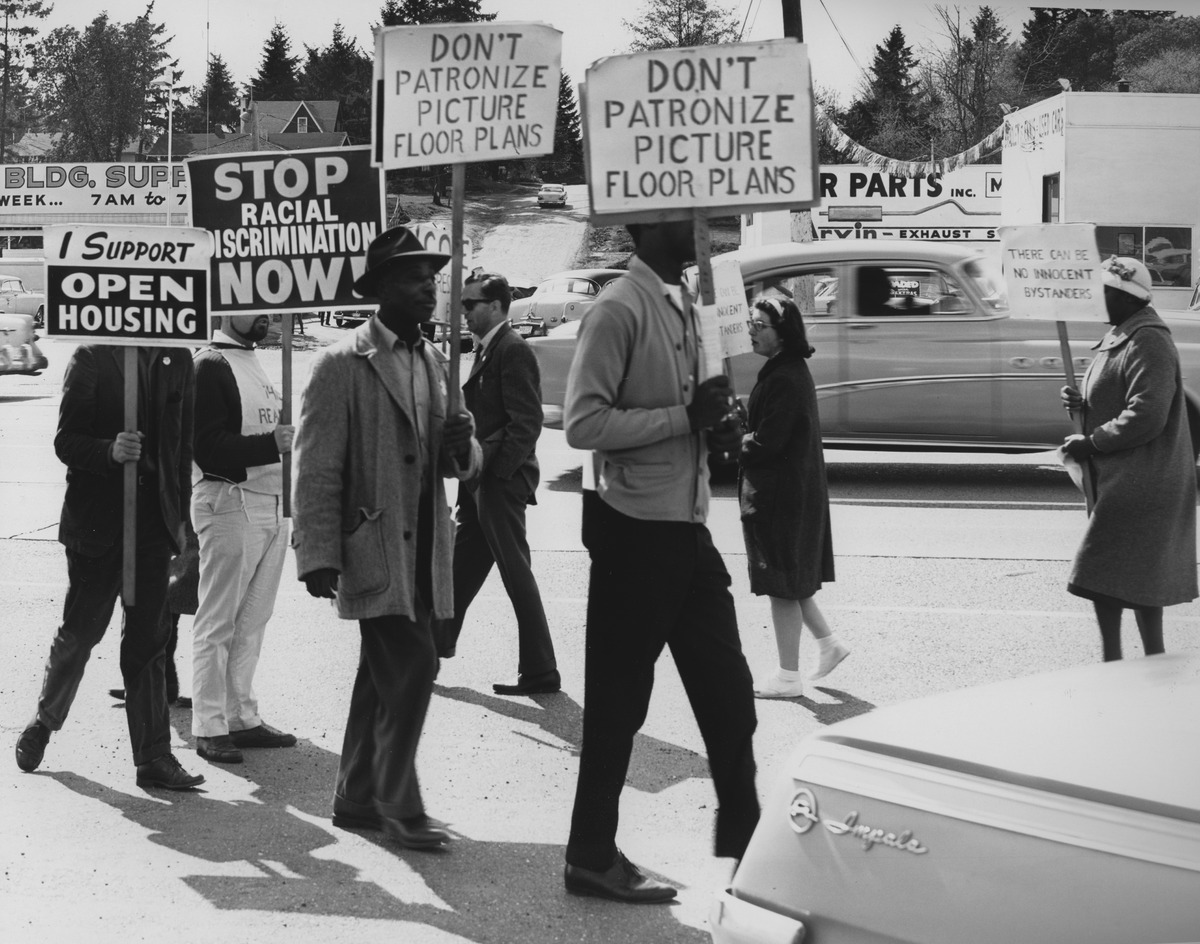
Protests against housing discrimination, including demonstrations in cities like Philadelphia and Boston, challenged segregation in neighborhoods and mortgage lending. Activists used picketing, marches, and legal pressure to combat discriminatory practices. These efforts contributed to the Fair Housing Act of 1968, which banned housing discrimination based on race, religion, or national origin. The protests revealed that persistent advocacy could translate into legal protections and improved access to fair housing for marginalized communities.
12. Greensboro 50th Anniversary March (2010)
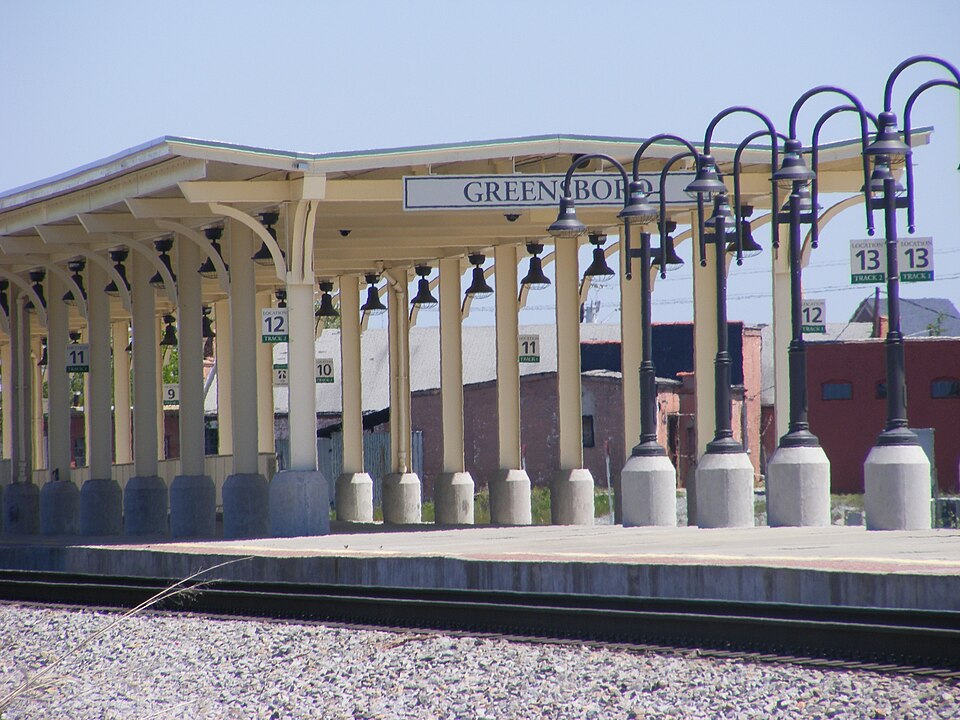
Commemorating the 1960 Greensboro sit-ins, activists organized events to honor the legacy of nonviolent protest and encourage continued engagement in social justice. The anniversary march reinforced awareness of the historical struggle for equality, inspiring new generations of students and young activists. These commemorations demonstrated that the spirit of civil rights protest endures, reminding teens that advocacy and organized action can lead to meaningful societal change and inspire ongoing efforts toward justice and equality.


